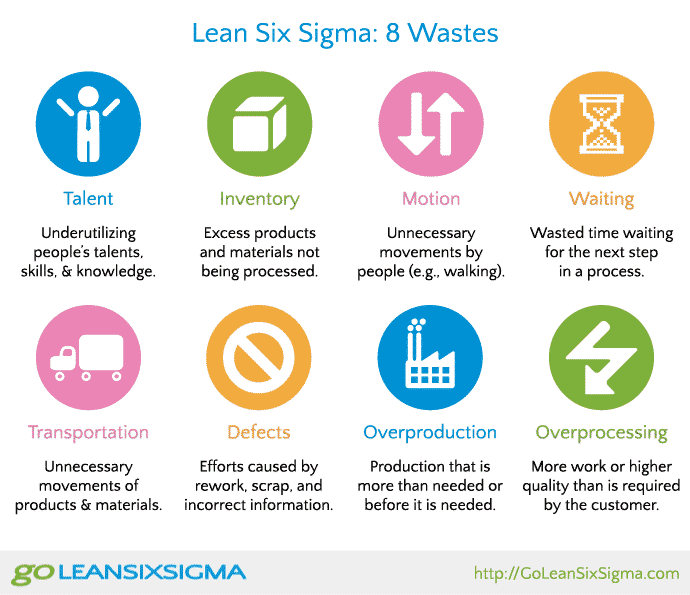In a lot of places we are seeing
new recycling endeavors. Whether it’s recycle bins or recycled materials we
used, we are taught to recycle in order to be sustainable. No doubt recycling
has its benefits and is always better than making completely new goods but the
truth is that there is nothing more sustainable that reusing something as is.
Deconstruction is the
process of carefully dismantling a building in order to salvage components for
reuse and/or recycling. Results in products for sale, trained labor force,
improved environmental quality. This is never to be confused with demolition
which is the act of destroying a building (or portion), often with heavy machinery,
employing very few and resulting in only garbage for the landfill.
When people spend their money
they expect the best value. Sometimes people mistake the “best value” for “new.”
There is a stigma for reused things. We would all rather what we know is brand
new but we must be considerate of environment. Reuse in construction, does not
at all imply that we should construct with inferior and run-down material from
elsewhere, but instead that we reclaim those parts that are quality. Recycling
is actually a way we know that the quality is something inferior to what was
before. It actually takes energy to get something inferior instead of using
something that takes no additional energy at all.
So are there other benefits to
reuse? Sure there are! There are cost
offsets in the form of tax donations for materials. These are geared toward
homeowners in moderate tax brackets.
Deconstruction is quieter,
cleaner, and much safer than demolition. Sometimes the materials are even
valuable for resale.

As with anything it’s difficult to get anything
going without some strong backing from our public policy. Until the government
finds the need to enforce true sustainable practices, the reuse movement will
be on the shoulders of the minority who believe in stewardship and
environmental health. As we speak there are places that dictate the only 50% of
waste can go to the landfill or there are penalties. Unfortunately demolition
does not have such stipulations. What we must do now is “think befor we throw
away.”



